The güiro is a unique percussion instrument that adds texture and rhythm to music. It’s a wooden instrument with a serrated surface that produces a rasping sound when scraped with a stick. Originating from Latin America, it’s traditionally made from a hollow gourd and enhances rhythm in music. Its exact history is unclear, but similar instruments like the Aztec omitzicahuastli show its ancient roots. Simple to play yet versatile, the güiro is essential in Latin American music.
Other names for the Guiro
The percussive instrument goes by many other names such as Güira (the metal version of a Guiro), rascador, güícharo, candungo, carracho, rayo
How is it pronounced?
Wee-row or Gwee-roh
What are they usually made from?
Guiros are traditionally made from dried gourds but modern ones use materials like wood, metal, plastic, bamboo, and fibreglass. They come in various shapes and sizes, including standard blocks, frog, and crocodile shapes.
While all guiros are made from natural materials, hand-carved wooden guiros are common in Latin American music, bamboo ones in Asian music, and gourd guiros in Africa and the Caribbean. The shape affects the sound, with longer guiros producing lower pitches. Guiros add a distinctive sound across many music genres worldwide.
What is the best guiro size for beginners?
For beginners, a medium-sized guiro (12-14 inches) is often the most versatile and accessible option. It provides a balanced tone that is easy to manipulate, making it an excellent choice for those just starting to explore the guiro.
History of the Güiro Instrument
The güiro is a staple in Latin music and has deep cultural roots dating back to ancient times. Traditionally crafted from natural gourds, it is now often made from eco-friendly materials like wood.
Believed to have originated in Africa or South America, similar instruments, such as the Aztec omitzicahuastli and the Taíno güajey, highlight its evolution. Introduced to the Caribbean by African slaves, the güiro became integral to Cuban, Puerto Rican, and other Latin American music styles, celebrated for its rhythmic scraping sound that enriches both folk and contemporary compositions.
How to Play A Güiro
To play a güiro, scrape along the ridges or strike near the hole to produce a tone block sound. Use the thicker end of the stick scraper for a fuller sound, or the thin end for a lighter tone. It’s easy for beginners: hold the güiro, scrape with the stick, and vary pressure and speed to change the sound. The tone depends on the material and notch spacing. Besides scraping, shaking creates a rattle effect. Like guitar strumming, try different patterns such as:
-
up, down, up, down
-
tap, tap, up, up
-
up, tap, down, tap
Advanced Techniques Güiro Techniques
Now that you have experimented with the different moves, we can discuss them in more depth. Straight scraping is the simple way to play the instrument; to do it, run the stick along the grooves to keep a steady rhythm. You can do this in an up or down motion. Zigzag scraping is more complicated, as it involves moving back and forth to create textured rhythms.
Develop your melodic phrasing abilities by blending rhythmic elements with melodic lines for a more expressive performance. Taps can be simple or complex; you can strike the guiro in the same place each time, or you can experiment by hitting it in different places. This will allow you to create accents and find various tones. This means that you can add more dynamics to your playing style, and when you find nice tones, you can remember them and add them to your playing. Let's imagine that you find two spots that sound great when stroked; we can call these X and Y. We can also adjust our playing to consider movement length; this means that we can play the up motion in a full range or half of it.
Then, we can adjust our playing while considering rhythm, tone, and movement length. For example, let's create a sample of two bars.
BAR 1 - Up, down, X tap, down half.
BAR 2 - Up, down, Y tap, down half.
Tips for Learning Rhythm and Timing
To learn rhythm and timing on the güiro, start by practising with a metronome and breaking rhythms into subdivisions like "1 and 2 and" to build a strong sense of timing. Listen to skilled players and transcribe their patterns to improve your ear, and regularly practice rhythm drills to enhance consistency. Playing with others will further refine your timing in group settings.
Maintaining and Caring
Caring for your gurio is essnetial if you want it to last a long time and still be able to produce great sound. Start with cleaning and conditioning; regularly wipe the surface with a soft damp cloth. We would recommend avoiding harsh chemicals that could damage the finish. You should occasionally check the condition of the material and consider applying an oil or wax to preserve its natural look for storage and transportation. Make sure to keep your güiro in a dry place away from direct sunlight and extreme humidity.
Different Types of Güiros
There are many types of güiro instruments in different shapes and sizes. We have animal designs, making them more interesting in look and sound. The Matsu Güiro is compact and works as both a shaker and güiro with its ridged surface. The Crocodile Güiro has a hollow body that creates an echoey tone, shaped by scraping pressure and speed.
The Frog Güiro, popular with beginners, makes a croaking sound and resonates best near the nose or back. The Traditional Fish Güiro, widely used in Latin and Mexican music, is our largest, with dual sound holes and extended ridges for layered textures.
Where to buy a Guiro?

Ready to add rhythm and texture to your music? Explore our collection of handmade güiros, designed for durability and exceptional sound. Whether you're looking for an affordable beginners instrument or a professional-grade güiro, we have the perfect match for you.

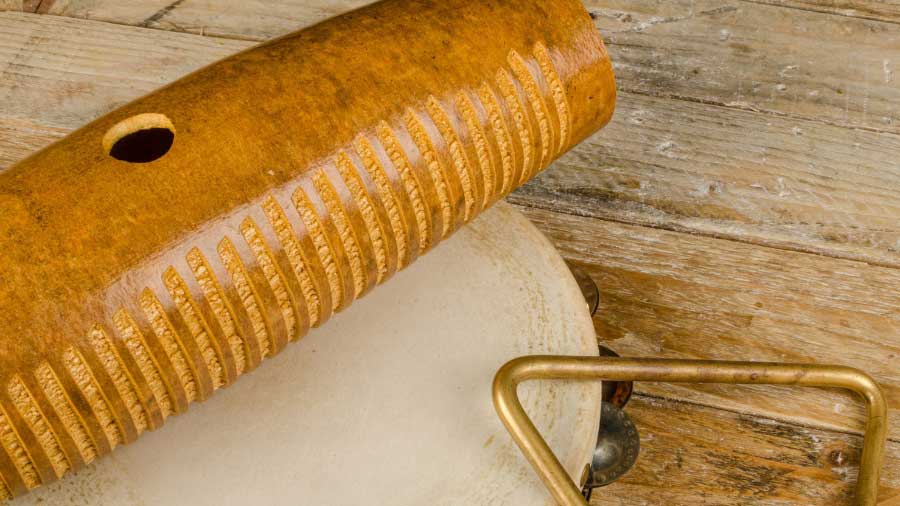
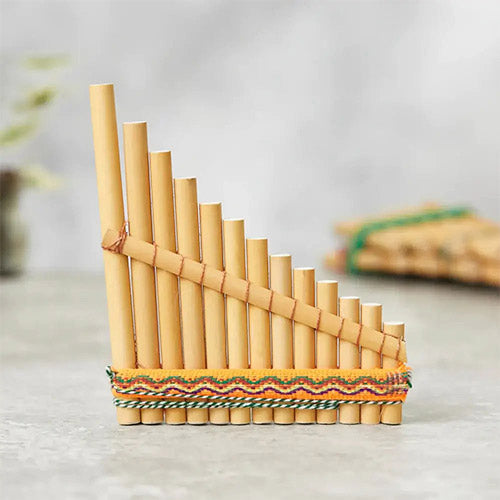
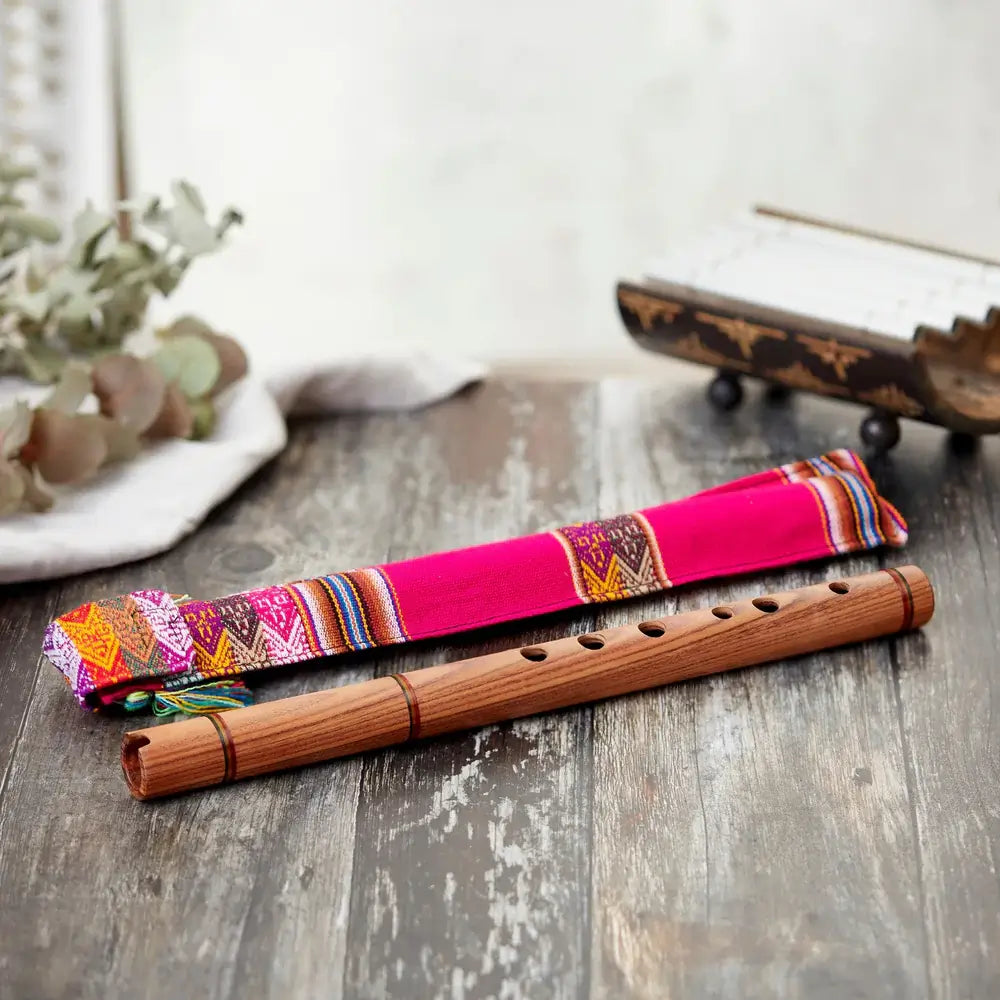
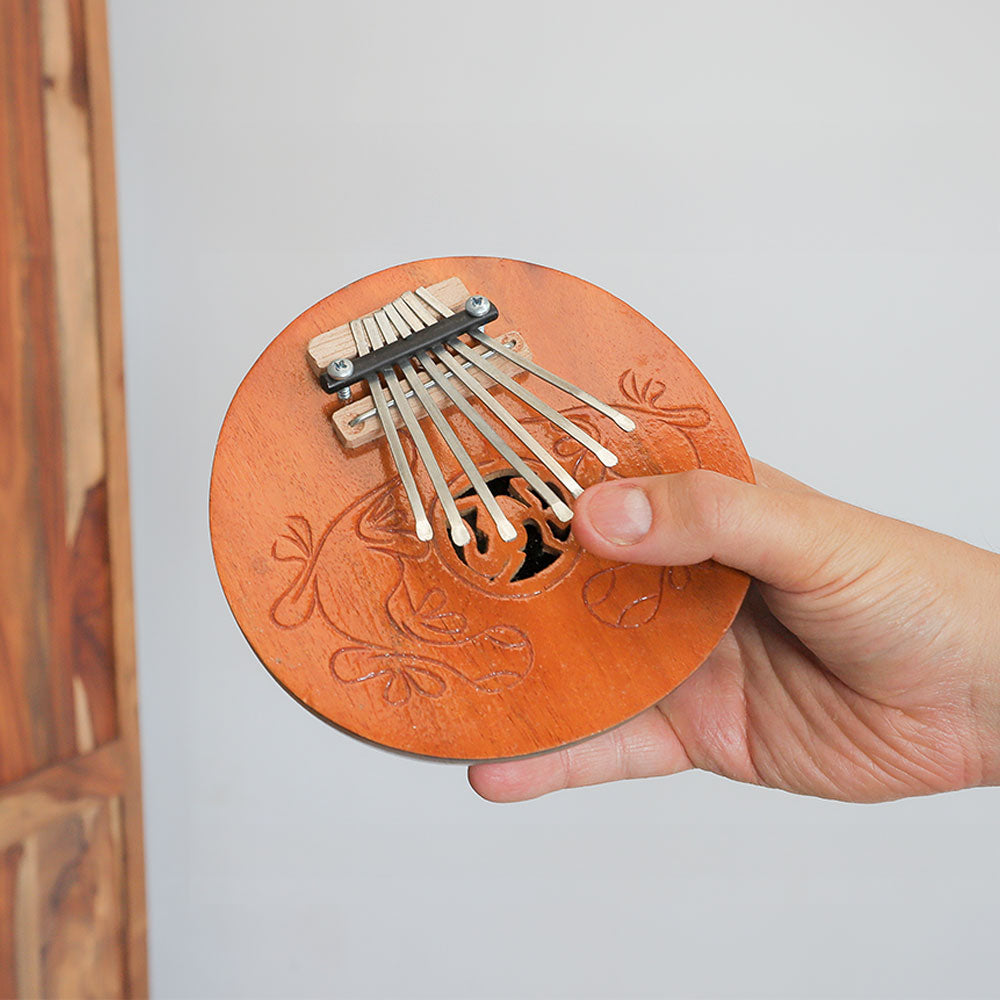
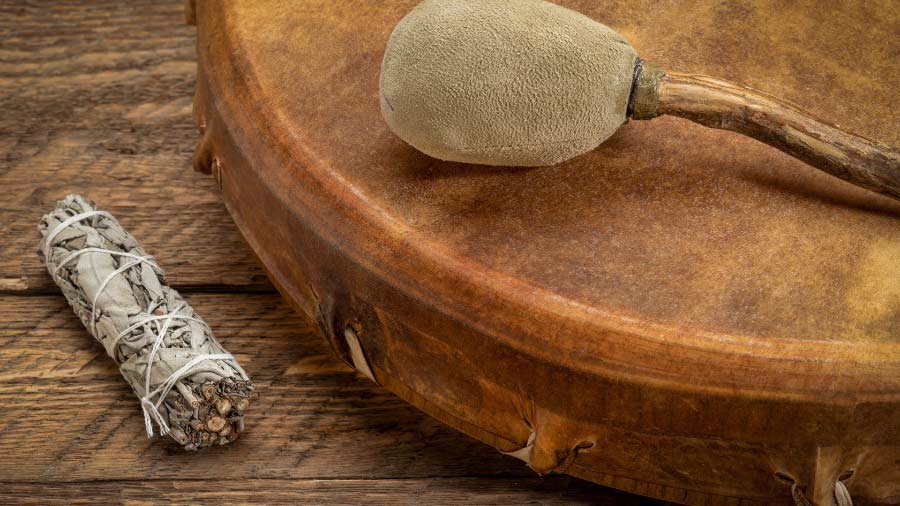

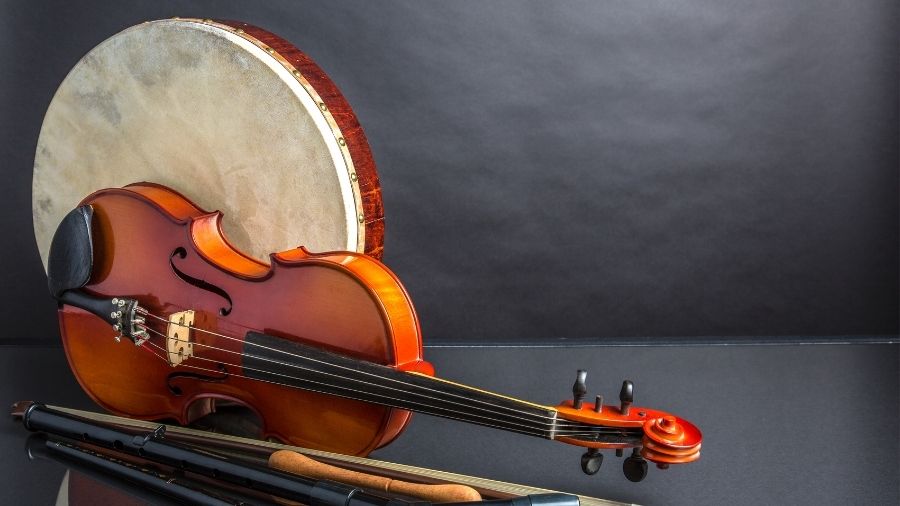
4 comments
Descendant
This is clearly indigenous. I understand we do have influence from African in our music and I am very proud of my african roots I have in my DNA but their are many variations to instruments in the Americas that simulate animal sound the Aztecs for example have many many whistles that simulate animals. And Iv never heard of or seen an African instrument similar to this. I say this because our Taino had culture. Iv had many discussions with African Americans that say everything about our culture is from theirs and how we have no original culture. We need to start holding pride to things that are Taino
ryan bomzer
@Cindy Herrmann – The exact history of the güiro is unknown, according to speculations the instrument could have originated in south america or africa but the earliest recorded reference to the instrument was in 1788, by a monk and by a Historian in Puerto Rico. It is likely that an American musician would have seen one in the 1970s. I look forward to reading your article, please do post a backlink to this page :)
Cindy Herrmann
When did people start making the frog shape? Were they around in the 1970s? I’m writing a story, and want to know if an American musician could have seen one in the 1970s.
Thanks.
TULASI RAO KALLA
wow I want it